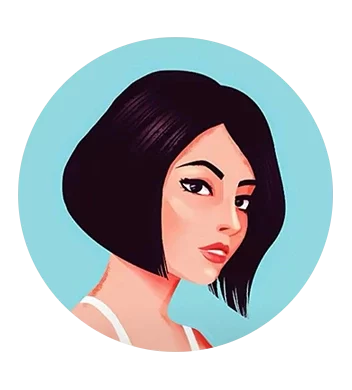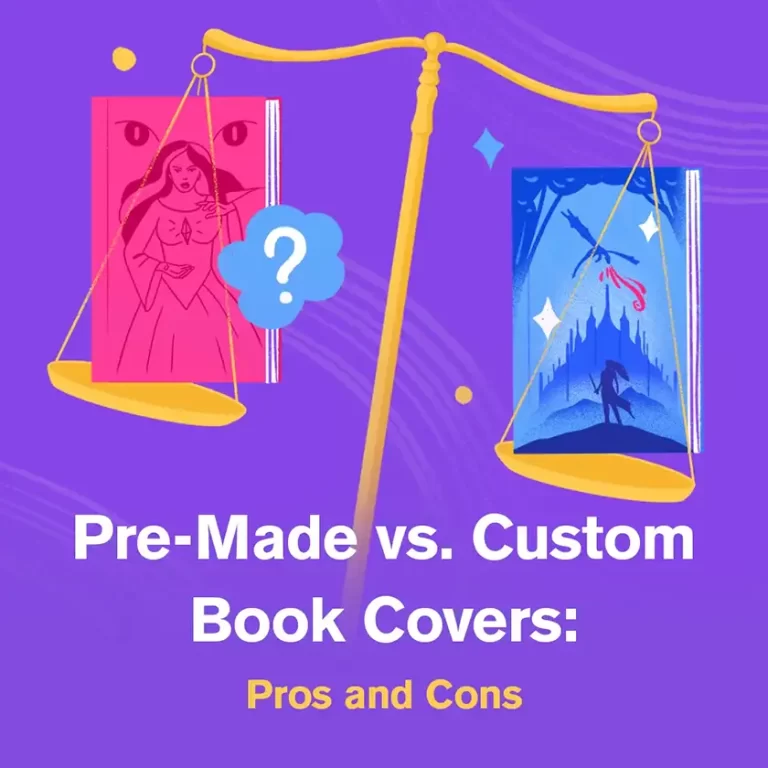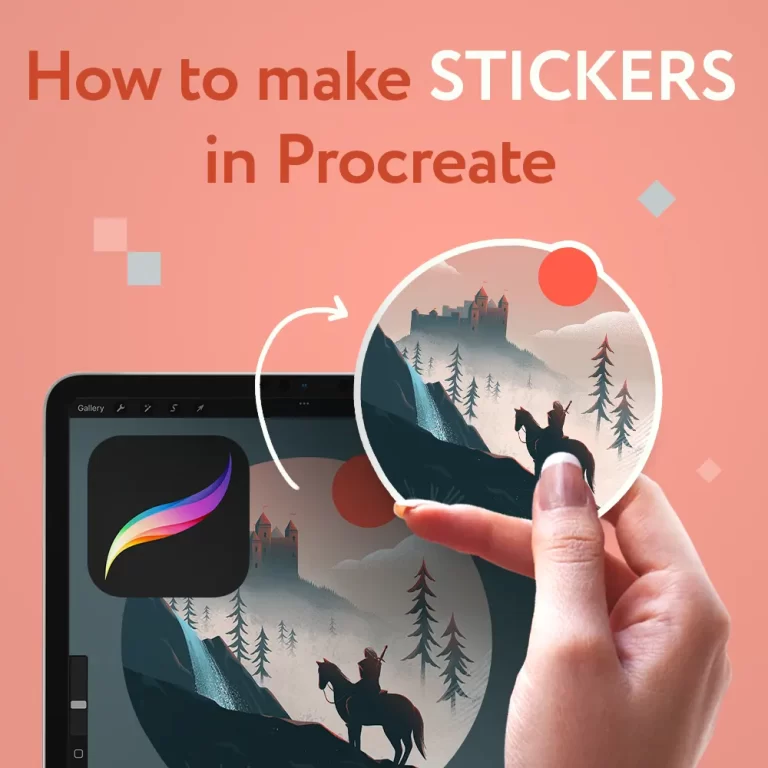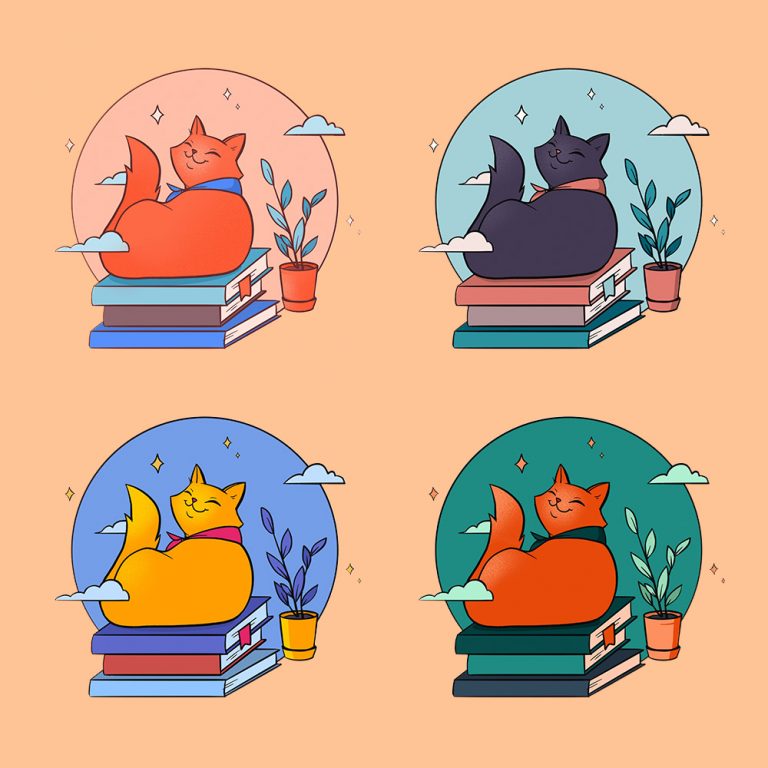Drawing Tips for Aspiring Illustrators: 10 Ways to Improve
I think we all have experienced this awkward situation: you imagine a pretty picture in your head; you grab your pen or pencil to depict it and eventually end up with something that is far from the image in your head. Really far. Like a couple of miles far. At this point many people decide that they are just not cut out for drawing, they lack talent and don’t want to feel this embarrassment ever again. Let’s change it together.
This article covers the most important basics of how to start drawing and not to give up after a couple of failures. Follow these 10 tips to improve your creative process, become more efficient and reach your potential faster.
In my school years I used to attend additional art classes, plus my second education is in art and design. As you can see, I’ve been drawing basically since my childhood. Even though I have a good fundamental base, illustrator’s skills did not come easy for me at the beginning. I wish I knew what I know now about my craft. That’s why I decided to share these tips with you.
I have divided the list into 2 sets of tips:
- First set can be used by anyone. Whether you are just starting or coming back to drawing.
- The second set is more specific and will work for art enthusiasts who are planning to make illustration their career.
Before we start, I do want to point out one important thing – there is no universal method or single correct technique how to start drawing which would suit everyone. We all have different backgrounds and personal experience, as well as our own starting set of skills. But there are some definitely useful and helpful practices that actually work most of the time. These are my personal observations that come from my experience. I hope they will help you in your creative journey.
Set of 5 tips for beginners on how to start drawing.
Will be useful for those who draw for their own pleasure as well as those who think of pursuing creative path as future profession. Follow these to improve faster:

– Tools alone won’t make you a master
First of all don’t worry about your tools. You absolutely don’t need those fancy tablets or expensive designer paper to start drawing. Paper and pen or pencil is totally fine for your start.
I’d suggest to pick the tools you like and are comfortable with. If you feel like buying that pink notebook with unicorn on the cover for sketching, do it 🙂 Just don’t choose anything too expensive as you might be afraid to waste it and will end up not drawing at all.
– Work Space
Having your personal space where you can draw is quite important.
I bet you’ve seen a lot of those nice photos of illustrators’ workspaces on the internet with white tables, plants everywhere, designer chairs and posters on the walls. Though the aesthetics of your surroundings can be inspiring, you don’t need it to start drawing. What you need is a cozy place convenient enough to sit at and to arrange your drawing tools.
– Do not lose yourself in constant comparison
One of the common mistakes artists make in the beginning is comparing their skills to others. Let’s be real – there is always someone better, more experienced, more lucky out there.
It’s tempting to think: I’ll never be as good as this guy/girl, they are clearly more talented, so what’s the point in trying, I’m out.
But in fact it’s almost always hundreds of hours of practice, search, failures and self-motivation that have brought those artists to the point where they are now, no detour in here. So I’d suggest closing all those inspiring Pinterest and Instagram pages and just draw 🙂
– Practice. Then practice. And only after that practice again.
It may sound boring as hell but practice really IS a key for improvement. The more you draw the more you learn in the process.
There is a bunch of drawing exercises for beginners to get more comfortable in drawing which I will probably cover in the next post. But aside from academic practice you can make things more interesting for yourself by joining popular challenges. For example Inktober where you follow a new prompt everyday for the whole month. Or #DrawThisInYourStyle challenge where artists encourage you to interpret their artworks in your own manner.
– Enjoy the process
And the key element of all this is simply enjoying the process. If you don’t like spending your time drawing it doesn’t make sense to continue. You should enjoy doing it just for yourself, you don’t even need to show it to anyone if you don’t feel like it.
Set of 5 tips for those who want to become an illustrator.
These are additional tips that will be useful for people who decided to make illustrating their main profession.

– Chose the Industry Niche
If you decided to become an illustrator you should think about your focus in the very beginning. It can change and develop in future in most unpredictable ways. But for the starter you should decide what you want to do.
Would you like to create your work for game industry, or illustrate graphic novels, or work in advertisement? Every industry has its own standards and requirements; you may need to learn some extra programs to fit in. So basic understanding where to move can save you a lot of time and energy in the future.
– Learn the fundamentals
Whatever creative path you may choose, it’s really important to learn the basics. Even if you tend to stylization and do not draw in realistic manner knowing basic rules of composition, anatomy and color theory will be very handy. Even heavily stylized illustrations benefit from balanced composition and right color palette, not to mention the proportions of your characters.
Knowing how to play by the rules allows to have more creative freedom and to know where to break them successfully. As with the knowledge in general: the more you know – the better.
– Study Smart
Have I already mentioned hours of practice? 🙂 Probably yes, but if you are aiming for becoming a professional the quality of your studies is as important as time spent on it.
What you can do is:
– Identify your weaknesses and work on them. Don’t draw hands in the character’s pockets and feet in the grass if you feel anatomy is your weakness. Deliberately practice drawing it instead.
– Learn from artists you admire (dead or alive). It doesn’t mean you should copy their style. Instead analyze why they did this or that and what makes their works unique and eye-catching.
– Don’t buy just every book or paid course on the topics you are interested in. Learn what you can by using free resources first. Eventually you will have enough understanding to invest in really good books and courses for profound information that you cannot find otherwise.
– Seek and accept orders from real clients
Even if you are still learning your craft (and it’s a never-ending process) try to get a real client’s work. It will give you more thorough understanding of how your industry works. It will also provide you with a nice opportunity to put a real project in your portfolio.
Another benefit – it’s a good practice in terms of organizing your time in a right way, not to mention some extra money.
– Pursue your dreams
The last but not the least tip is staying true to yourself and pursuing your dreams.
It doesn’t matter how long your journey to success will be and how many hours will be spend practicing. You may be 18 or 48 years old – if drawing is what makes you happy it’s worse doing.
Save in Pinterest for later 😉








